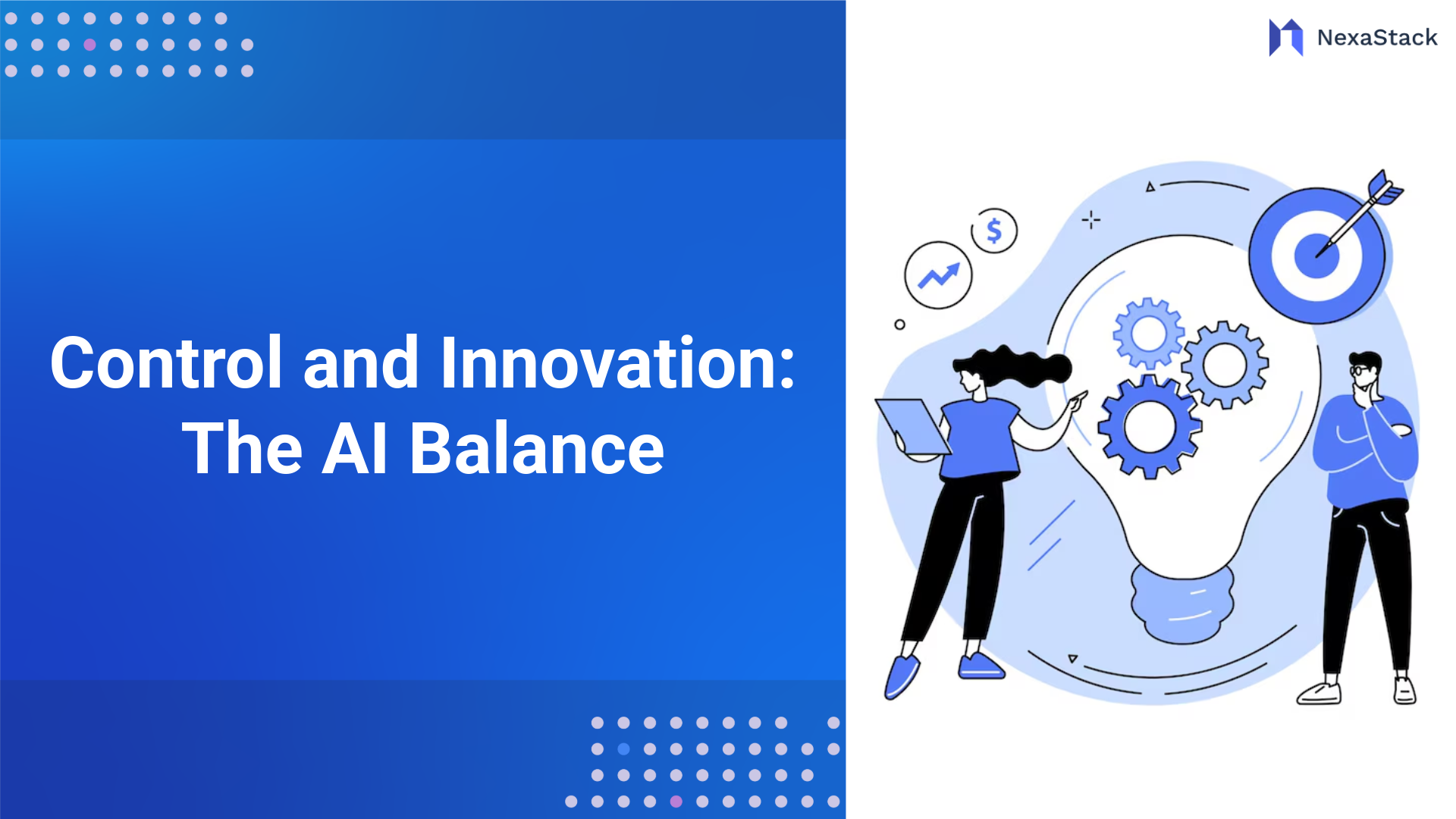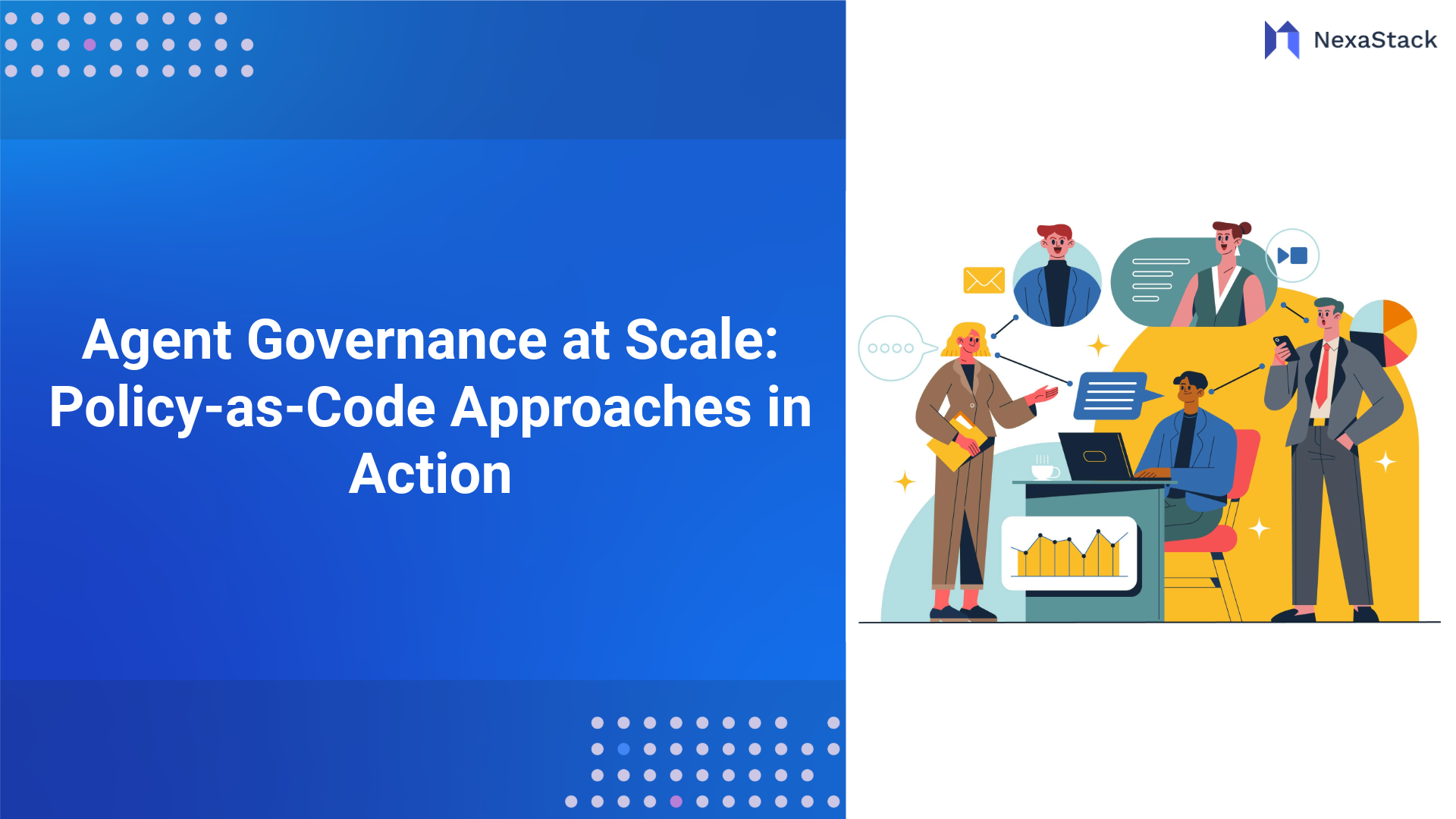Security & Governance
-
Data Residency & Compliance
Clearly define where data is stored and processed to ensure adherence to local and global regulations. Automate compliance reporting, policy enforcement, and maintain audit readiness to reduce manual effort and minimize risk.
-
Identity & Access Management (IAM)
Integrate AI systems with enterprise IAM solutions for centralized and consistent access control. Implement role-based access control (RBAC), multi-factor authentication (MFA), single sign-on (SSO), and least-privilege policies to ensure that only authorized users can access sensitive resources.
-
Monitoring & Audit Trails
Continuously track system health, resource usage, and AI model performance to maintain operational transparency. Maintain detailed logs and dashboards to support compliance and auditing needs. Leverage AI-powered monitoring to detect anomalies and unusual behavior proactively, ensuring security and reliability across the system.
Future of AI on Private Cloud
AI is evolving fast, and private cloud infrastructure is keeping pace.
-
Federated Learning & Edge AI
AI models can be trained locally on devices, sharing only updates with the central server. This preserves privacy, reduces latency, and enables real-time decisions in smart factories, autonomous vehicles, or medical devices. -
Confidential Computing
Secure enclaves protect data as it’s being processed, allowing sensitive AI operations to occur without exposing raw data—vital for finance, healthcare, and defense. -
Next-Generation Accelerators
Advanced GPUs, TPUs, and AI-specific chips enhance speed and efficiency, optimize real-time tasks such as NLP and computer vision, and lower operational costs. -
AI-Driven Infrastructure Automation
AI can now manage AI workloads—allocating resources, predicting demand, and self-healing when issues arise—ensuring smooth, scalable, and reliable operations. In short, private cloud is becoming a smarter, faster, and safer foundation for AI at scale.
Conclusion
Private cloud computing allows organizations to scale their AI initiatives in a secure, efficient, and cost-effective way. By applying best practices in architecture, governance, and automation, companies can confidently move from experimentation to full production deployments.
Beyond just providing infrastructure, a private cloud acts as a strategic enabler. It helps organizations innovate responsibly, ensure regulatory compliance, and maintain control over sensitive data. At the same time, it gives businesses a competitive edge, allowing them to leverage AI for more thoughtful decision-making and faster transformation.
Frequently Asked Questions (FAQs)
See how private cloud compute delivers controlled, compliant, and scalable infrastructure for mission-critical AI workloads.
Why choose a private cloud for scalable AI workloads?
It offers dedicated, elastic compute without noisy-neighbor issues, ensuring predictable performance at scale.
How does private cloud improve AI security?
It keeps all inference, data, and logs within controlled boundaries, enforcing strict access, encryption, and isolation policies.
How does private cloud support multi-agent AI systems?
High-bandwidth, low-latency compute enables rapid tool calls, shared memory, and A2A orchestration for agentic workflows.
How is compliance easier with a private cloud?
Data residency, auditability, and policy-as-code controls ensure alignment with GDPR, HIPAA, PCI-DSS, and sector rules.
When does private cloud outperform public cloud for AI?
In scenarios needing ultra-low latency, sovereignty guarantees, steady cost profiles, or high-volume inference pipelines.








